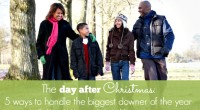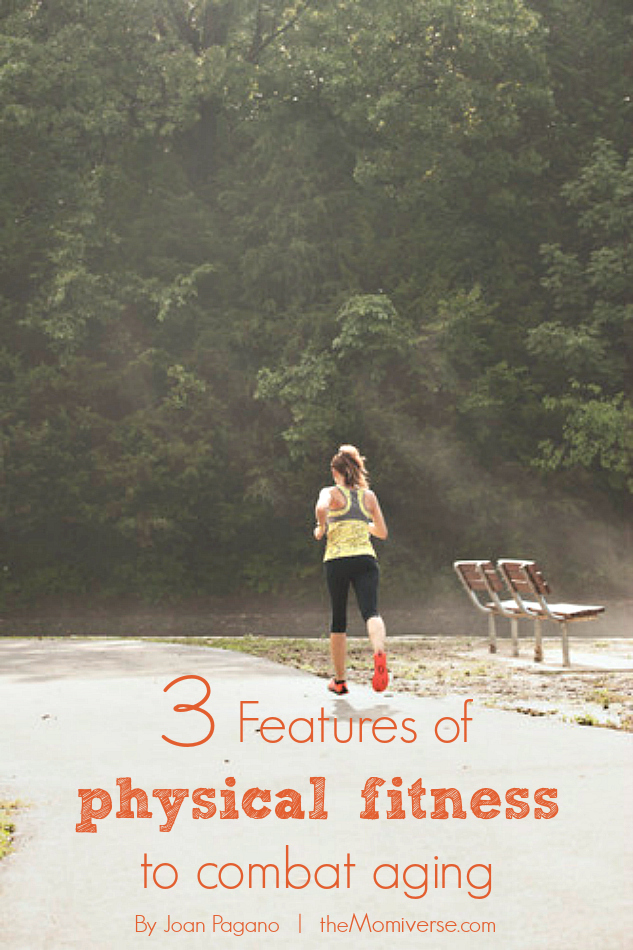You may have a fear of aging and losing your edge. You might think to yourself, “I’ve become aware that I’m slowing down and losing my edge. I just don’t have the energy to do all the things I used to and feel like old age is creeping up on me.”
Inevitably, our bodies change with time. The revelation that you can no longer rely on your body the way you used to comes with its own set of surprises. Are you starting to look for the
elevator instead of taking the stairs? Are you having trouble carrying your grocery bags or lifting the roasting pan out of the oven? Do you have to use your arms to get up from a couch or easy chair? Do you tire easily and feel like you’re falling behind?
We’ve all had moments of awareness when we realize we could be doing better. Each of us wants to maintain our everyday activities without undue fatigue and with energy to spare. Your
ability to handle the physical demands of your daily life reflects your body’s age, also known as your functional age. Although genetics plays a role in retaining a youthful body, the single most important lifestyle factor is maintaining a well-rounded exercise program.
Experts in the field of aging agree that exercise is the prime mover in the drive to preserve vitality. Being in shape frees us from physical limitations and creates confidence, self-esteem and a
positive attitude. We may not be able to recapture our youthful bodies completely, but we can override the signals of aging by engaging in a consistent, dedicated program of exercise.
Jackie Kennedy was very clear in her goals as to what she hoped to achieve through fitness training. At the age of 60, she asked for my help in a strength-training program so she could
continue to enjoy all the activities of her normal, energetic lifestyle.
As an accomplished equestrian, she told me she’d always been a fearless rider, but with age she was becoming more cautious. She wanted to recapture the confidence to ride as she had in her
youth and knew that strength training could help her regain her edge. Her proactive approach to aging sends a positive message to all of us: Being strong is empowering, both physically and
mentally.
Focus on these three features of physical fitness to combat the aging process and preserve a youthful body are:
Cardiovascular stamina – Your vitality and capacity for life depend on the efficiency of your cardiovascular system. The heart is a muscle that gets stronger with training, improving your day-to-day function.
Muscular strength and endurance – Strength training sculpts the contours of your body and strengthens the bones within. By building lean body mass, it boosts your metabolism and your energy levels, making you resistant to the slow down that occurs with age.
Flexibility – Stretching discharges tension from the muscles, energizing the body. It defends against aging by lengthening the muscles to keep you tall and straight. Being flexible makes you agile, your movements fluid and youthful.
The degree to which you can turn back your body clock depends in part on your starting level of fitness. If your starting level is below average for your age-matched peers, you stand to make
the greatest initial improvements when you begin your exercise program. If your starting level is above average, you can get younger by continuing to challenge yourself with more vigorous exercise.
Try this:
Following a customized training program that is tailored to your current level of fitness to improve your body age. Within 8-12 weeks you can expect to:
- Firm up by developing lean muscles
- Lose 1-2 pounds of fat and gain 1 pound of muscle
- Increase stamina, the amount and intensity of cardio work you can sustain
- Decrease feelings of stiffness; improve posture and joint health
Of course, when you continue the program, you’ll continue to benefit!
This Week's Articles Read, learn, live
-
 Summertime grilled vegetables
Summertime grilled vegetables
-
 5 Ways to make this summer full of unforgettable family fun
5 Ways to make this summer full of unforgettable family fun
-
 10 Reasons to take a family vacation in Puerto Vallarta
10 Reasons to take a family vacation in Puerto Vallarta
-
 5 Fun tips for spring cleaning with kids
5 Fun tips for spring cleaning with kids
-
 10 chick flicks with New Year’s Eve scenes
10 chick flicks with New Year’s Eve scenes
-
 The day after Christmas: 5 ways to handle the biggest downer of the year
The day after Christmas: 5 ways to handle the biggest downer of the year

{ 1 trackback }